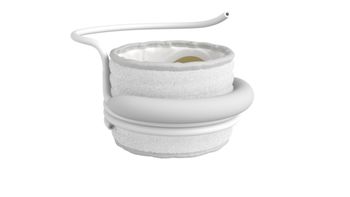
Trump administration announces insulin cost reductions for Medicare patients
The move will bring the out-of-pocket cost down to a maximum of $35 for a month supply starting in plan year 2021, according to CMS.
Medicare patients with Part D prescription drug plans and Medicare Advantage plans will have an easier time paying for insulin beginning in the 2021 plan year, according to a news release from the U.S. Centers for Medicare and Medicaid Services.
Part D sponsors can offer prescription drug plans that provide lower cost-sharing, but when they do the sponsor accrues costs that pharmaceutical manufacturers would pay which are then passed on to the patient in the form of higher premiums. The new model addresses this by allowing manufacturers to continue paying their full coverage gap discount, even when a plan offers lower cost-sharing, and requiring participating plans to lower cost-sharing, the release says.
“This market-based solution, in which insulin manufacturers and Part D sponsors compete to provide lower costs and higher quality for patients, will allow seniors to choose a Part D plan that covers their insulin at an average 66 percent lower out-of-pocket cost throughout the year,” CMS Administrator Seema Verma says in the release.
In a November 2019 article published at
Rajkumar writes that the reasons for the high cost of the drug include:
· Patients who use the drug are a vulnerable population willing to pay the high cost
· Manufacturers have a virtual monopoly/oligopoly
· Patient abuse and ever-greening
· Barriers to a biosimilar’s entry into the market
· Pharmacy benefit managers and other middlemen who benefit from the higher prices
· The lobbying power of insulin manufacturers
When it comes to helping patients receive insulin without breaking their banks, Rajkumar suggests that physicians discuss affordability with their patients, be aware of sources of information on price, create practice guidelines that take cost into account, show a preference for lower-cost bio-similars in formularies, and advocate on behalf of their patients for lower prices.
Newsletter
Stay informed and empowered with Medical Economics enewsletter, delivering expert insights, financial strategies, practice management tips and technology trends — tailored for today’s physicians.








